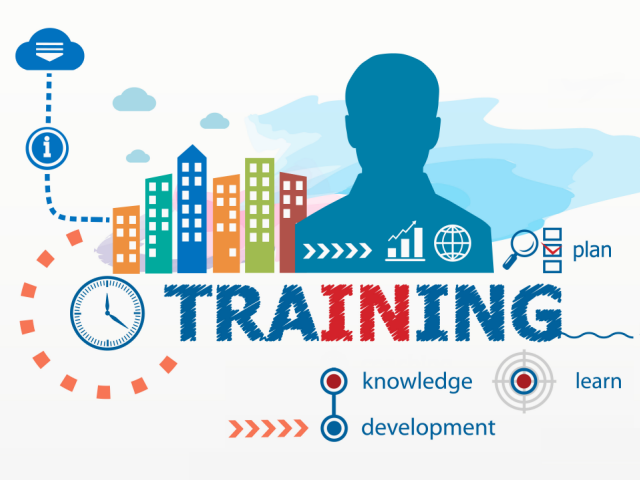What Is Remote Training and How Does Remote Training Work
Whether your employees are located in another country/city or just down the hall, training is an important part of the development process, not only for the newly hired employees but also for others, throughout their career lifecycle. In fact, since businesses expand and have branches all over the world, the importance of training the remote employees increase all the more to reinforce the company culture and to enjoy consistent results.
What is Remote Training?
Remote training is basically training using various methods like webinar, e-learning courses, pre-prepared tailored podcasts, face-to-face live internet training, and soon. The employees no longer need to physically be present in the training room, and this proves to be immensely beneficial particularly for those employees who live in other city/country. Since almost everyone is comfortable with using the internet, they find receiving information in this way quite easy and beneficial. Together with helping save potential costs (traveling, lodging, etc.) the method of remote training also helps save time and is very flexible.

How Does Remote Training Work?
Now that we know what remote training is, let us find out how remote training works, or so to say what steps do employers follow during a remote training process.
1. Connecting with the trainees
Though the trainees are located far away, getting to know them is yet important. Trainers, in fact, try to know the students outside the training course. Class introductions are opted for which prove to be more than ice breakers. Many employers set up blog pages where employees or trainees can interact before the training begins. The trainers also try to learn personal details which may prove helpful during later discussions.
2. Using remote training technologies
Since the remote trainees expect their trainer to be well aware of the tool they are using, it becomes the responsibility of the trainer to use the best tool like ezTalks, and also be aware of how to use it properly. The trainer has to maintain a target speed for the presentation, with maximum one to three minutes per slide. Question and answer sessions are held either at the end or during the break. Generally, 45 minutes is reserved for slides in a one-hour training session, and 15 minutes goes into managing the class, questions and answers, and breaks.
The trainer has to make a few rehearsal runs of the training using the same software and the equipment that will be used during the training process. He/she also familiarize themselves with the post questions and the way to control the volume. Bandwidth troubles or technology incompatibility are also checked so as to make sure there are no problems whatsoever during the training session. The trainers also beforehand make sure the trainees are using the right equipment so that they can participate properly. In fact, during early communications itself, the trainer provides the trainees with a list of requirements so that there are no last minute confusions.
3. The right presentation practice
The next thing that the trainees give importance to is to make a PowerPoint presentation online. They try to make sure the slide can be read from the back of the room, can be read fully in just 15 seconds, and can be explained in one minute. If it takes more time, the slide is then broken into several slides. Some trainers also mix things up by altering their voice, changing the content, or including video or audio to change things. Slide transition animations are also thrown in here and there.
Though PowerPoint is commonly used for presentations, even the remote ones, trainees, rather than just presenting one slide after the other continually, also arrange quizzes in between, for a change and to make sure the trainees understand the presentation well.
4. Using the best practices
Since the employees are not in the same room following some practices is very important. The trainers provide the trainees with a proper outline of the meeting agenda and keep reminding the trainees where they have reached in the course outline. Trainees are at times penalized for non-participation. Questions are also framed in specific ways so that it can be figured out what the trainees have learned.
Remote training is not only important but also a very helpful process to keep the trainees updated and to discuss important matters. Such training should be held on a frequent basis without fail. With just a few training sessions, both the trainer and the trainees get very comfortable with the process, and in fact, enjoy this type of training. Do remember that just remote training is not enough, selecting the right tool for the purpose is equally important, and the best that you can get for the purpose is ezTalks. It is easy to use, simple to understand, offers real time PPT presentations, HD audio and video, whiteboard, and a lot more to help make sure your remote training turns out to be successful and effective each time.